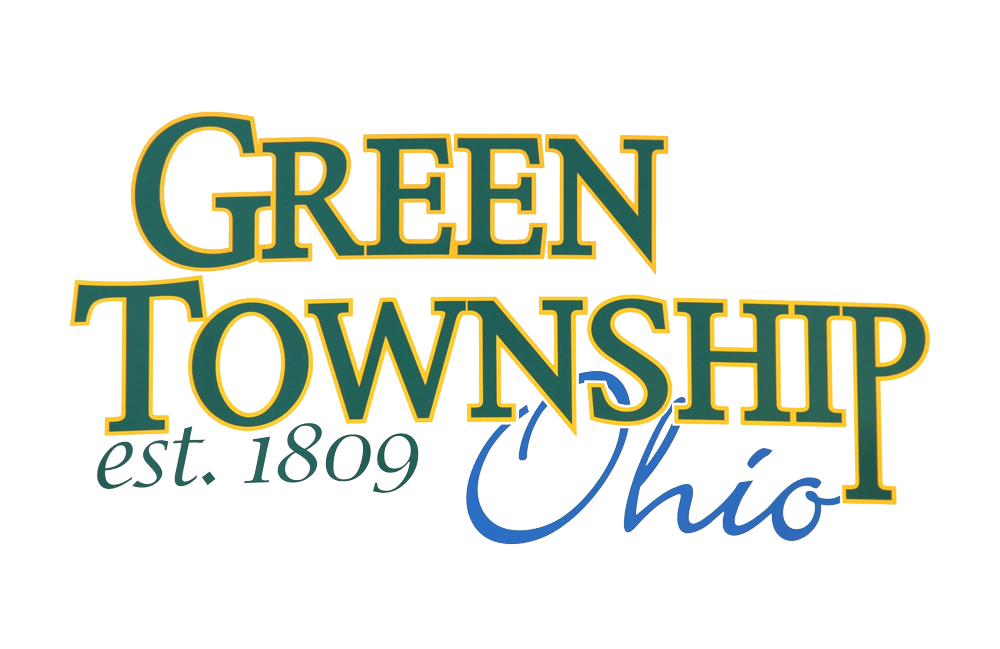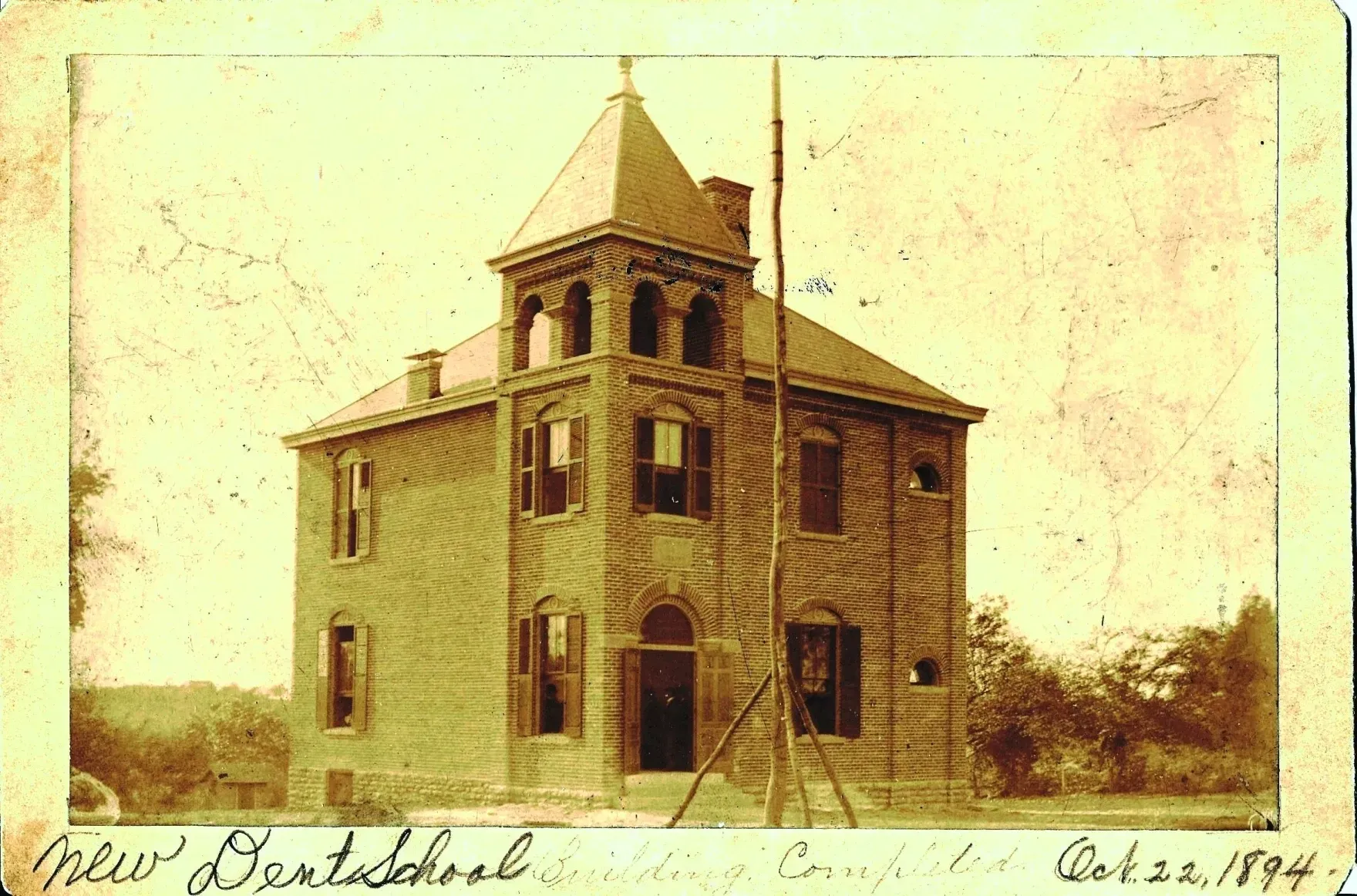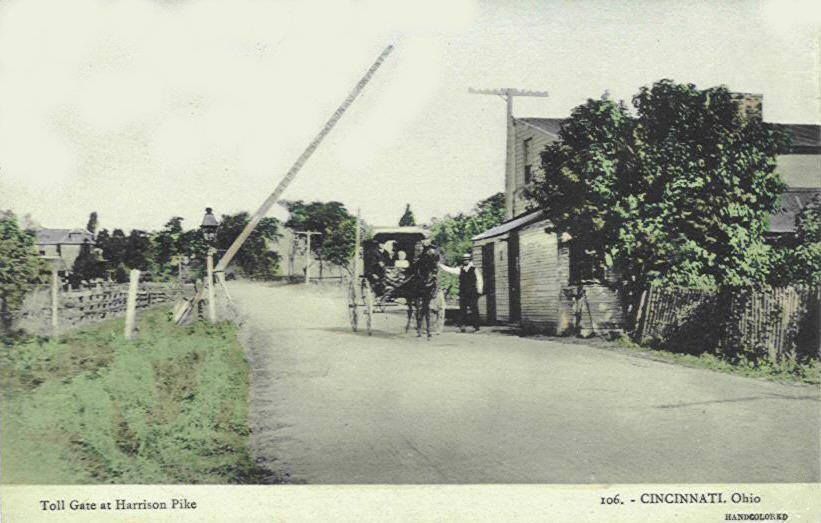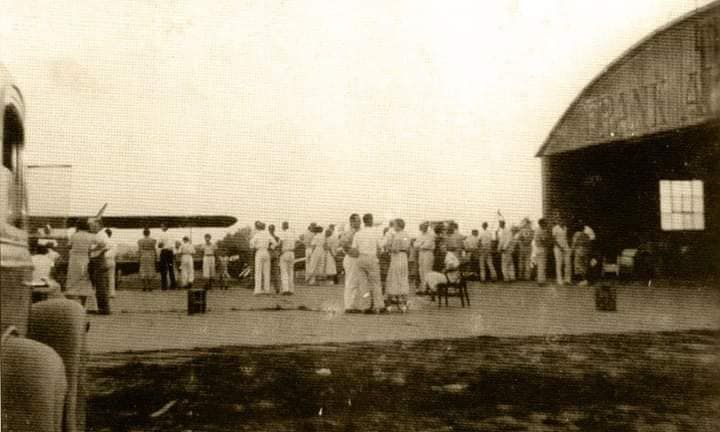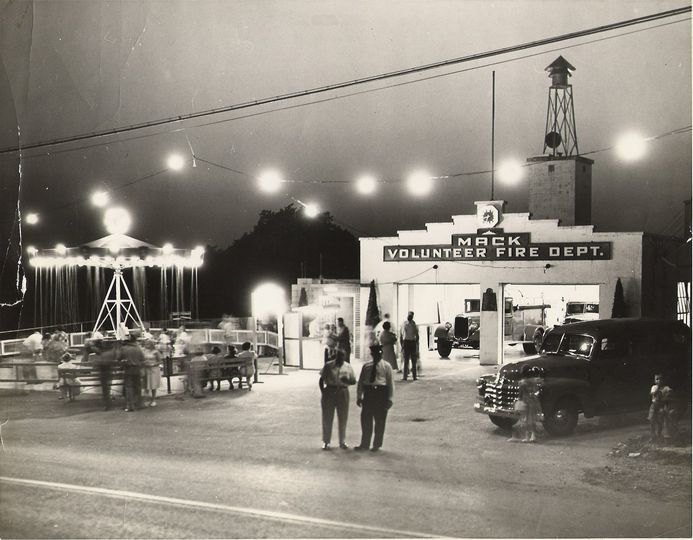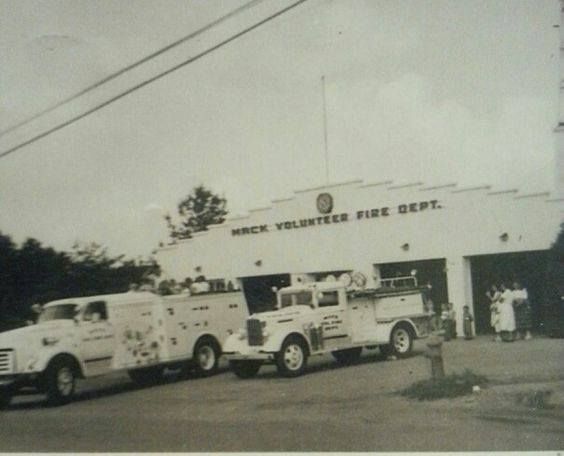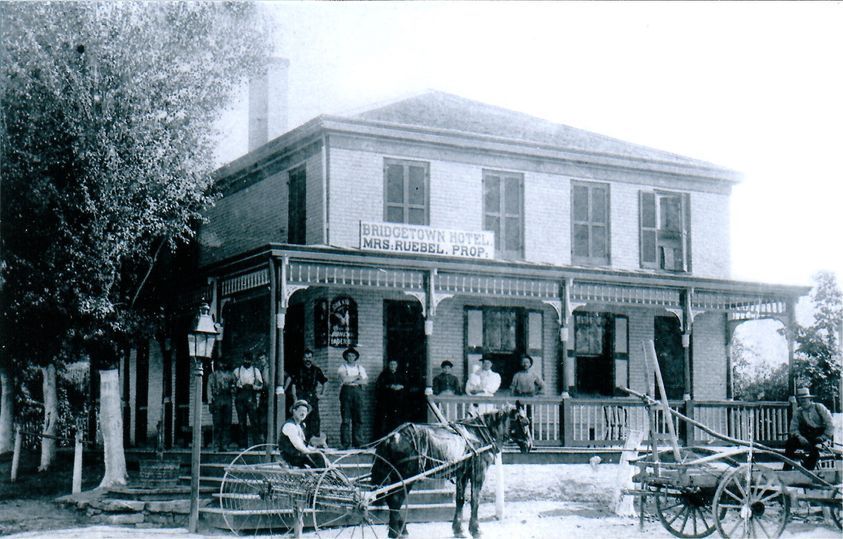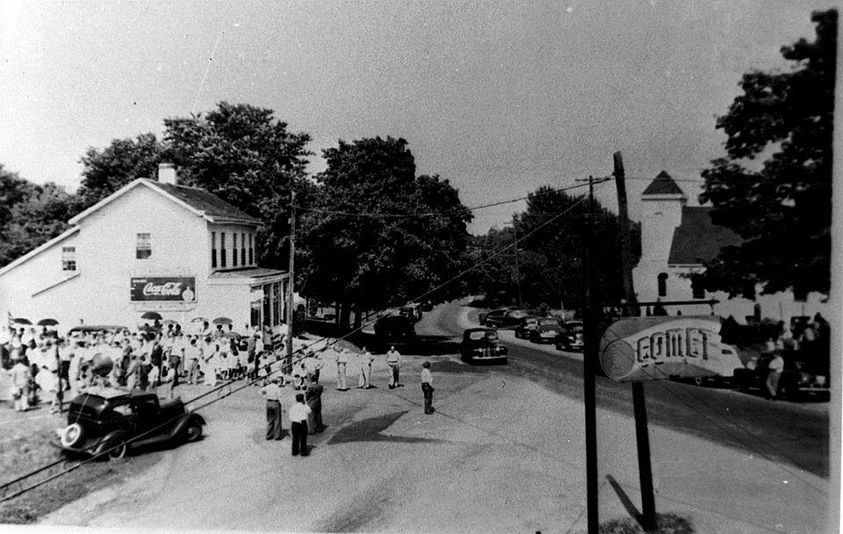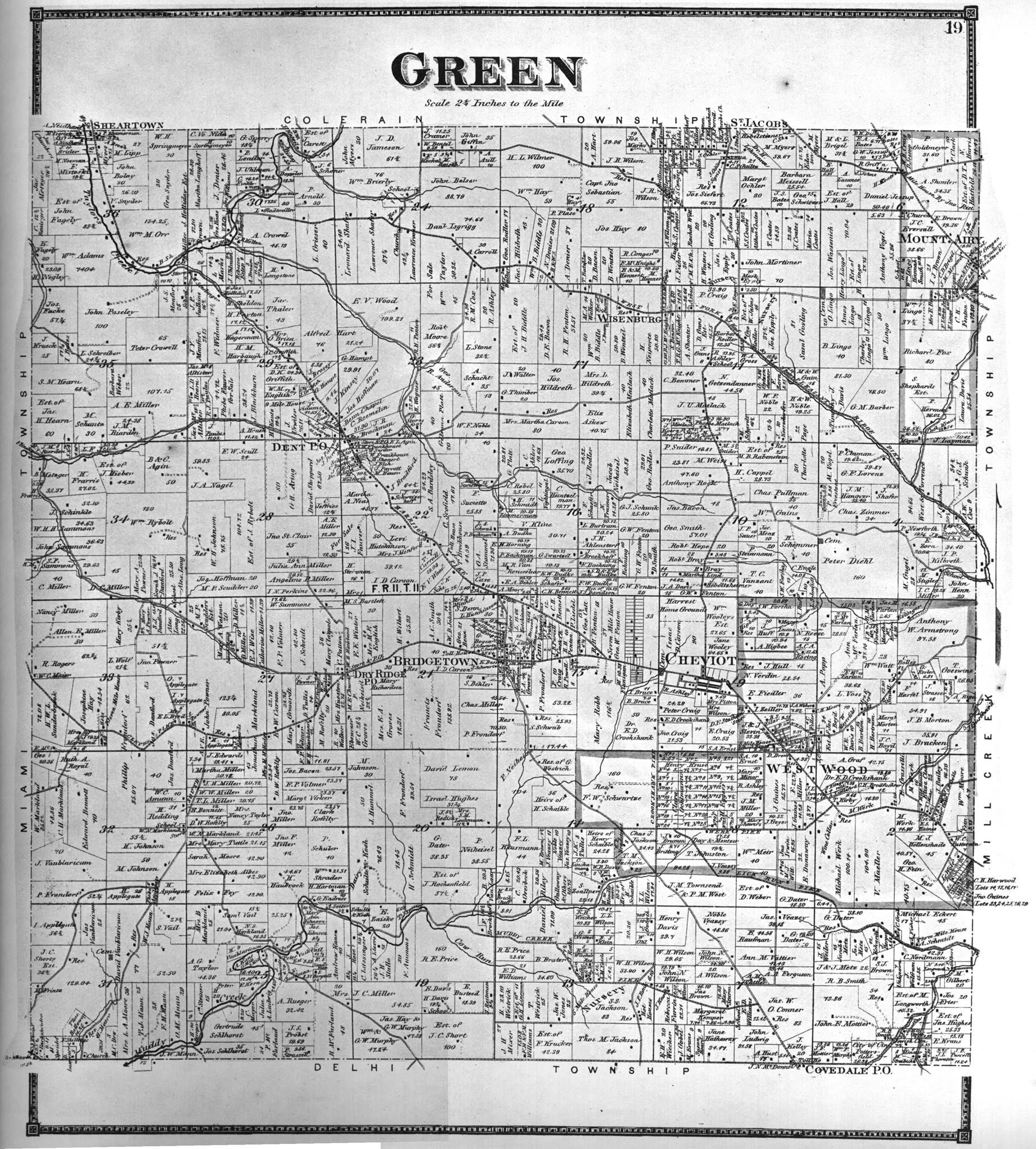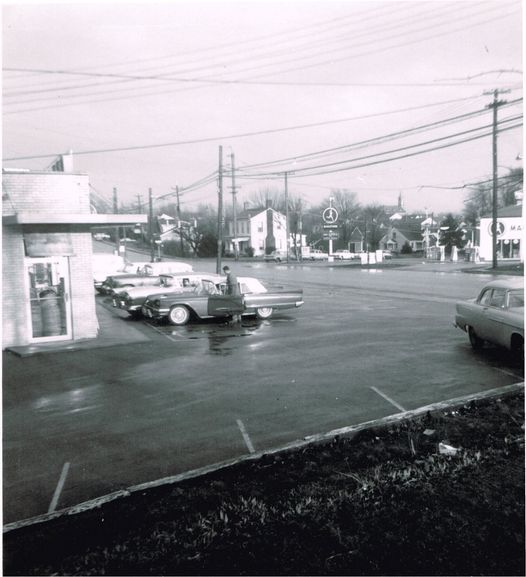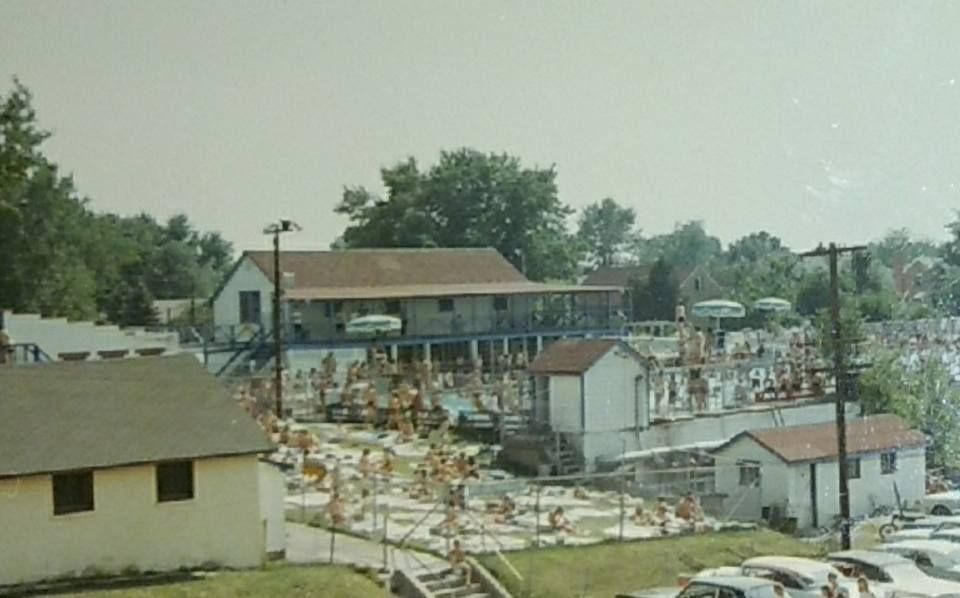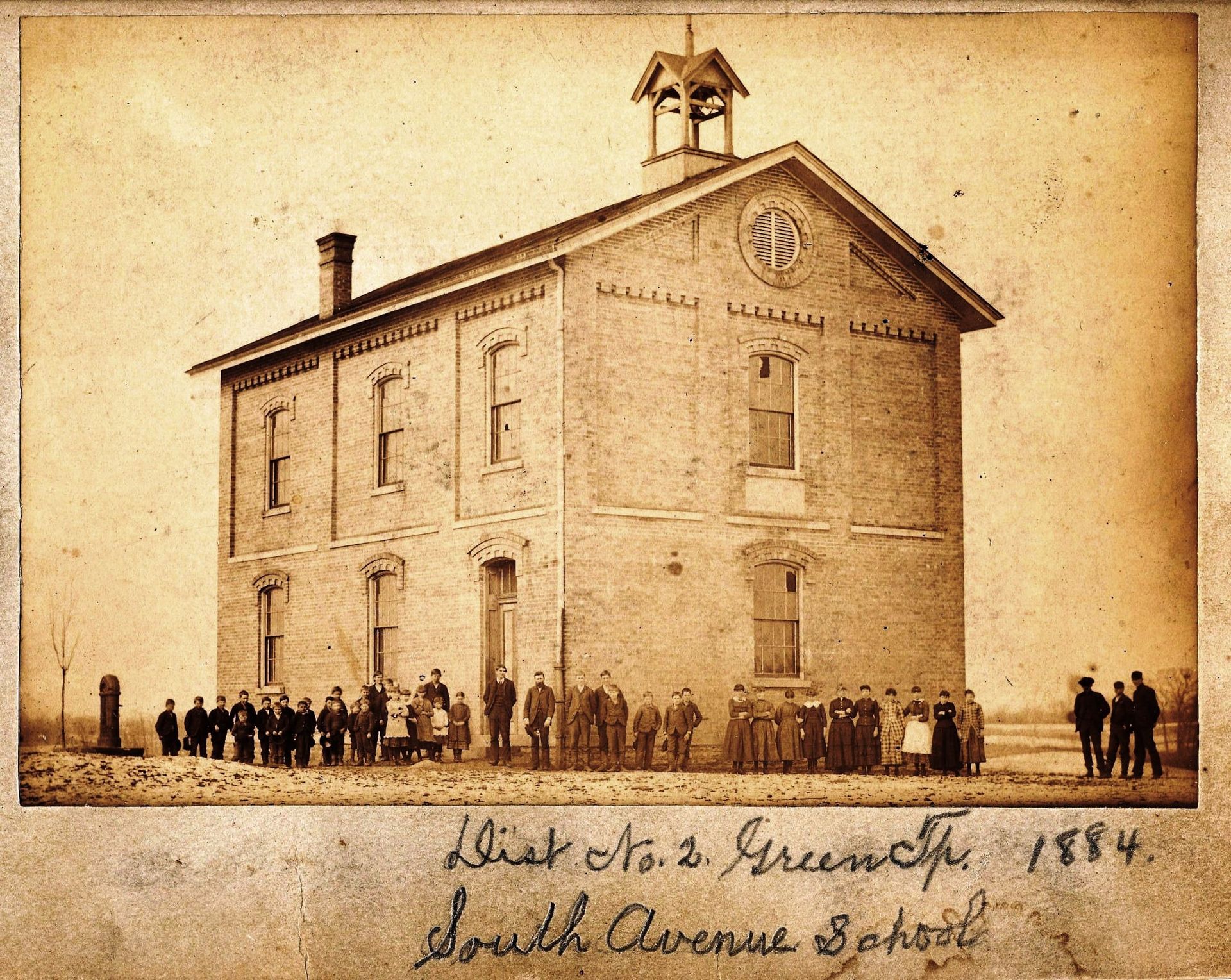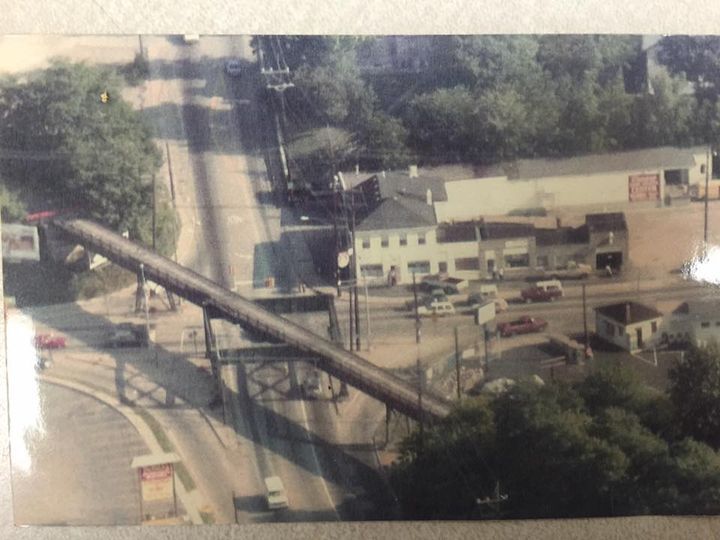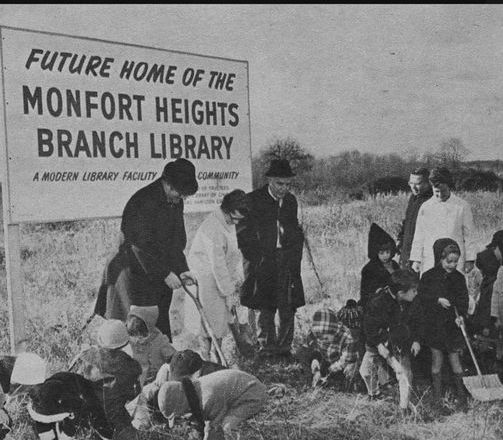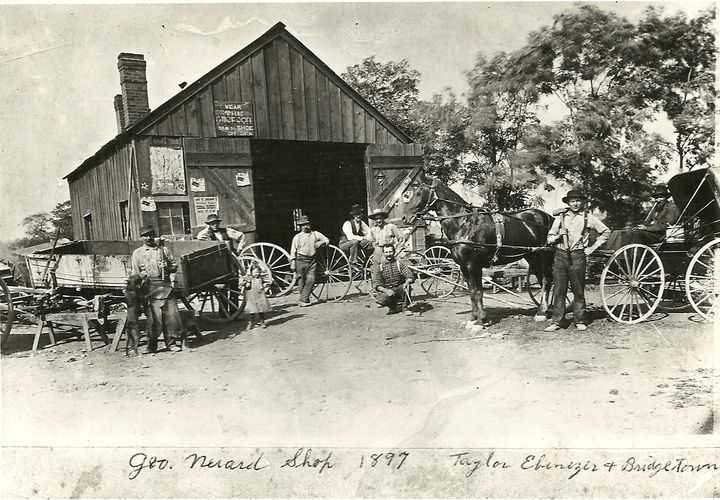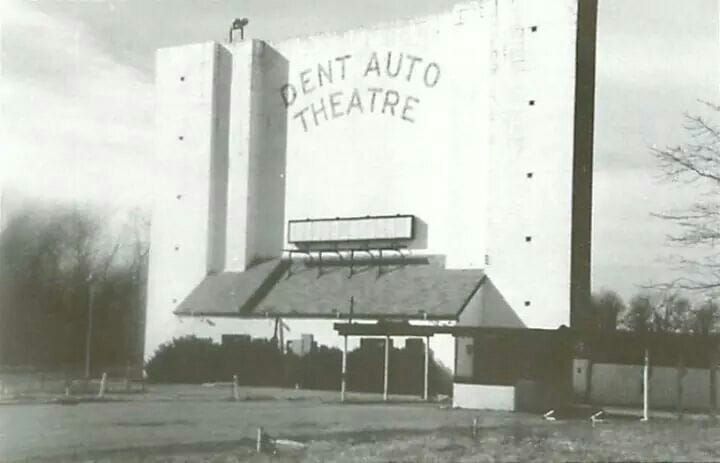History of Green Township
Green Township was formed in 1809 by early settlers who made their living as hunters and trappers. Farming soon became the area’s mainstay, with 848 farms in operation by 1920.
Green Township Historical Association records show the township was originally laid out in a perfect square. Its eastern and southern borders were altered, though, when Westwood, an early part of Green Township was annexed by Cincinnati in 1896. In 1900, the area then known as Beech Flats was incorporated as the village of Cheviot.
Because of the soggy Millcreek Valley and the area’s steep hillsides, Green Township remained a rural farming area until the streetcar made its debut in the 1900s. In 1908, the new Harrison Avenue Viaduct opened travel to Cincinnati’s west side. When it was replaced by the Western Hills Viaduct in 1932, automobile drivers began to make their way west.
Better roads and cars in the 1930s and 1940s enabled people to live in the township’s wide-open spaces and still work in Cincinnati or the industrial Millcreek Valley. Cincinnati families began the exodus to the west side, building new homes and encouraging the development of local schools and churches. By 1940, there were 18,500 residents in Green Township. By 1960, there were more than 37,300.
The 1990 census counted 52,600 residents, making Green Township the second largest township in Ohio.
Back in the 1800s, the township’s original population of about 8,000 was spread out in communities with rather unusual names. The community boundaries have blurred with time, but the names remain as reminders of the township’s early days.
Bridgetown
Bridgetown was named after the New Jersey city from which two families came when they settled in the area between 1812 and 1820.
The Fithians and Shepard's traveled west from Bridgeton, NJ.
They opened a sawmill and established their small village immediately. By the 1850s, the name had become Bridgetown.
Covedale
Covedale was established on the border of Delhi and Green Townships in the 1920s as development of Cincinnati expanded westward.
A large portion of Covedale was annexed by the city in 1930. Why the community has the name Covedale is a mystery to area historians.
Dent
Dent received its name because of its topography. In the 1840s, Charles Reemelin, a merchant and state legislator, moved to the area then known as Challensville.
When Reemelin arrived to start a vineyard, he apparently felt that areas should be known for their physical characteristics rather than for a person.
He named the village Dent because of the large depression in the ground near his land.
Mack
The area of Green Township today known as Mack apparently was named after a family pet.
When Thomas and Anna Marie Markland arrived from Maryland in 1805, Mack was known as Dry Ridge.
Earlier, the area was known as Ebenezer.
Around the beginning of the 1900’s people began calling the area Mack after the Markland family dog, fond of patrolling the area.
Monfort Heights
The Monfort Heights area of Green Township was named by residents in 1926 for the area formerly known as Weisenbrugh or Wisenburg. The name was taken from the Monfort Post Office, established around 1900, which was located on Burnt Schoolhouse Road.
Frank Dumler, the first postmaster of this office, had named the office after Capt. E.R. Monfort, postmaster of Cincinnati at the time.
The locals added Heights to the name because the area is a high locality overlooking Cincinnati.
White Oak
White Oak received its name for the abundance of white oak trees in the area.
White Oak lumber was valued for “tight cooperage,” and was used to make kegs and barrels that held liquids.
White Oak trees’ pores are naturally plugged, so the wood is non-porous.
German coopers wanted to live in the area where the wood was abundant.
This historical information was originally included in “Your Guide to Green Township”, published by Press Community News, March 22, 1995.
For more historical information and photos of Green Township: www.greentwphistory.org/
